Avian. Arrowhead. Fiji. Dasani. Poland Spring. Even Boxed Water (which comes in a cardboard container). Each of these bottled water brands contains tiny microplastics.
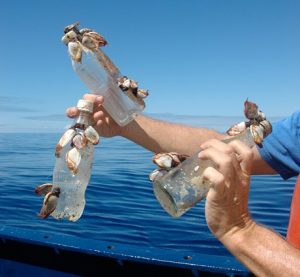
Photo Credit: Annie Crawley
Microplastic research
At a Fredonia State University lab in New York, researchers tested 11 different bottled water brands purchased in 9 different countries. A special dye known to stick to plastic was added to 259 bottles. Approximately 93% of the samples contained microplastics. According to the study, “The densities of microplastic contamination are quite variable ranging from the 17 bottles with no contamination to one bottle that showed an excess of 10,000 microplastic particles per liter.
One theory suggests that these fibers fall into the water when we twist off the plastic caps, but no one knows for sure. And would this theory explain the wide range in the number of microplastic particles per bottle? Are these plastic small enough to pass through our intestinal tracts? Probably. Are they small enough to get into our bloodstream? Perhaps, but further study is necessary.
Microplastics in tap water
To make matters worse, microplastics are also found in tap water. To protect yourself as much as possible, filter your tap water. I have a refrigerator with a filtered water dispenser. The filter specs say it excludes particles down to .5 microns.


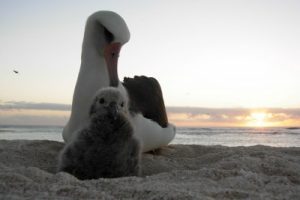
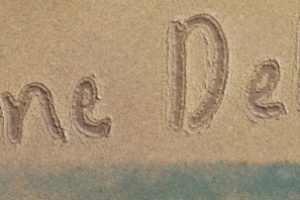
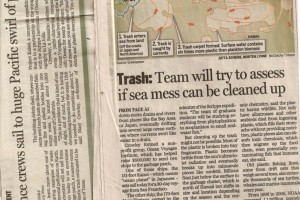

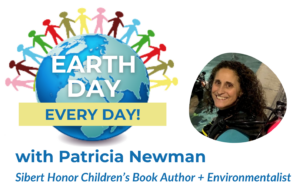
Leave a Reply
Your email is safe with me.